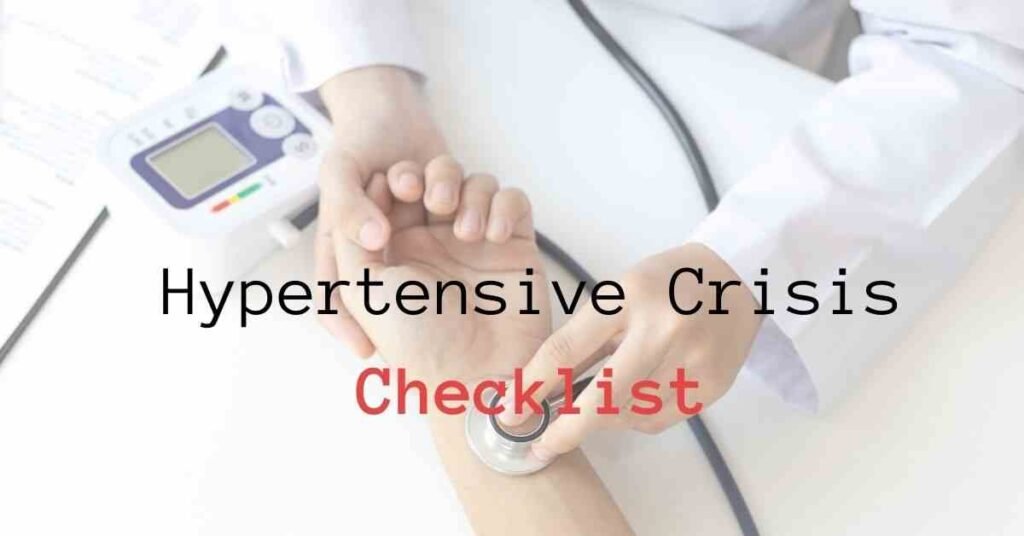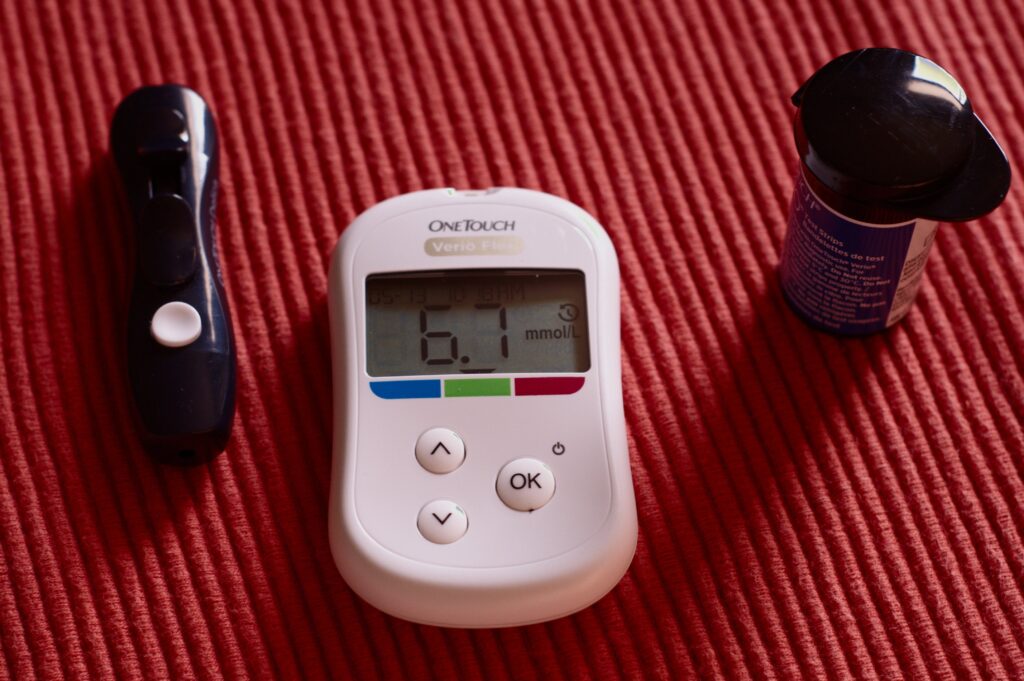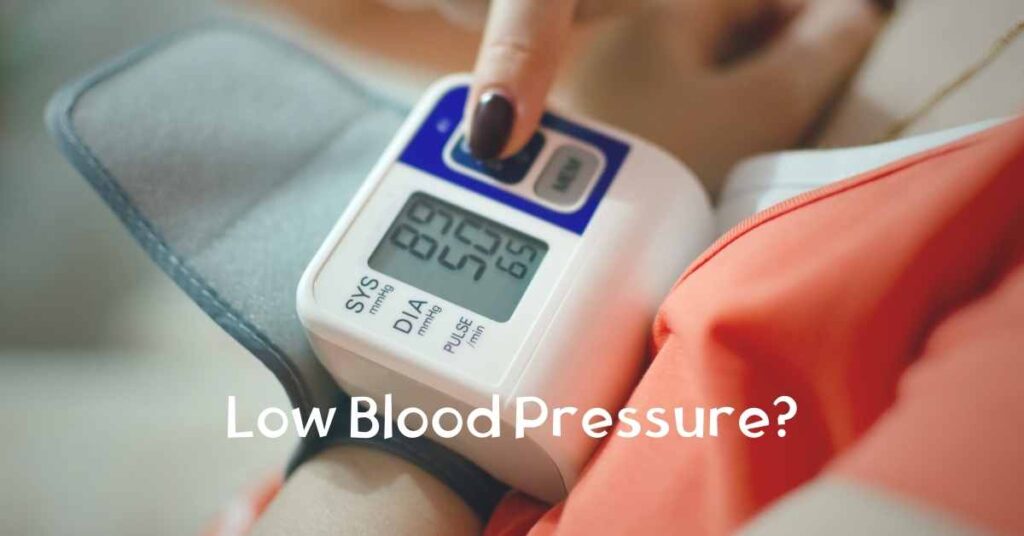Hypertensive crisis is the condition when there is severely elevated high blood pressure. In this condition, both the systolic blood pressure (numerator or top number) and the diastolic blood pressure (denominator or bottom number) increases to a critical level. This severely high blood pressure can cause life threatening complications. So immediate medical attention is needed.
Types Of Hypertensive Crisis
Hypertensive crisis is of two types
1. Hypertensive Emergency: Hypertensive emergency is the condition when there is acute, severe elevation of high blood pressure. Blood pressure is typically 220/130 mm Hg or higher. This condition is associated with rapidly progressive organ damage such as renal failure, myocardial infarction, pulmonary edema, etc. Hypertensive emergency requires immediate reduction of blood pressure with I. V (intravenous) medication. Monitoring of the patient in the ICU is also needed.
Hypertensive Emergency symptoms are
- Headache
- Confusion
- Nausea
- Vomiting
- Blurred vision
- Seizure
- Pulmonary edema (fluid accumulation into the lung)
- Oliguria (decreased urine output)
- Grade 3 or grade 4 hypertensive retinopathy (retina of the eye disease)
Organ damage that is caused by hypertensive emergency are
- Bleeding into the brain or stroke
- Heart attack
- Mental status alteration such as confusion
- Fluid accumulation in the lung. This condition also known as pulmonary edema
- Heart failure
- Eclampsia
- Aneurysm (ballooning of an artery wall)
Hypertensive emergency is not common. It usually occurs when there is untreated hypertension, skipping of blood pressure controlling medication, or taking of any over the counter medication that can cause excessive high blood pressure.
2. Hypertensive Urgency: Hypertensive urgency is the condition when there is severe uncontrolled hypertension but without any evidence of acute organ damage. It is sometimes associated with vague symptoms such as headache, malaise, anxiety, etc. In this condition the blood pressure is 220/130 mm Hg or higher, but there is no organ damage. So, blood pressure controlling oral medicines is given in these patients. But these patients require a follow up within 24 to 72 hours.
Hypertensive Crisis Symptoms
The symptoms of hypertensive crisis (includes both hypertensive emergency and urgency) are the following
- Severe chest pain
- Nausea
- Vomiting
- Blurred vision
- Severe headache
- Severe anxiety
- Confusion
- Shortness of breath
- Seizure
- Unresponsiveness
Hypertensive Crisis Causes
There are several causes of hypertensive crisis. These are the following
- Skipping of high blood pressure medication
- Stroke
- Heart failure
- Kidney failure
- Heart attack
- Rupture of the main artery of the body
- Intake of over-the-counter drug that can cause severely high blood pressure
- Interaction of different medications (when a person is taking a number of medications)
- Convulsions during pregnancy (eclampsia)
- Hormonal imbalance
Treatment Of Hypertensive Crisis
Treatment of hypertensive crisis is based upon the type of hypertensive crisis. The mode of treatment is different for hypertensive emergency and hypertensive urgency.
In a recent study by NCBI, it is seen that hypertensive crisis patients should be strictly managed to avoid further complications.
Treatment of hypertensive emergency
In most hypertensive emergencies, the goal of intravenous therapy (i.v therapy) is to achieve a controlled and gradual lowering of blood pressure. For this to achieve, a good rule of thumb is to lower the initially high blood pressure by 10% in the first hour and by an additional 15% during the next 3 to 12 hours to a blood pressure of no less than 160/110 mm Hg. Blood pressure can be reduced further during
the next 48 hours.
This is the safe way to prevent damage of organs because lowering of blood pressure rapidly to the normal level or towards normal level cause severe damage to the organs. Sudden falling of blood pressure from this high level causes less blood supply to the organs causing ischemia and organ damage.
But aortic dissection and postoperative bleeding from vascular suture lines, these two situations demand much more rapid normalization of blood pressure. So these are two usual exceptional condition where rapid correction of high blood pressure to normal level is done.
In most other cases, unnecessarily rapid correction of severe high blood pressure to completely normal values can cause cerebral (brain), cardiac (heart), and renal (kidney) ischemia.
In chronic hypertension or in chronic high blood pressure, cerebral autoregulation is reset to tolerate higher than normal blood pressures. It means brain center autoregulation adjusts itself in such a way so that body can tolerate higher than normal blood pressure.
This compensatory adjustment prevents tissue overperfusion (that can cause increased intracranial pressure) at very high blood pressures, but it also causes tissue underperfusion (cerebral ischemia) when high blood pressure is lowered too quickly.
In patients with coronary artery disease, overly rapid or excessive reduction in blood pressure in the ICU can precipitate or exacerbate an acute coronary syndrome. So this is of special concern during correction of high blood pressure. Care should be taken to reduce the high blood pressure gradually to avoid fatal outcome.
Hypertensive crisis medication for hypertensive emergency
Intravenous (I.V) drugs for hypertensive emergency
Drugs for hypertensive emergencies are intravenous labetalol, nitroprusside, nicardipine, or urapidil. In persons with impaired cerebral autoregulation, labetalol causes a smaller adverse fall in cerebral blood flow than nitroprusside. But labetalol stays longer time in the blood, so it leads to more adverse episodes of systemic low blood pressure (hypotension).
Intravenous nicardipine appears to produce a more predictable and consistent reduction in blood pressure than labetalol with a similar safety profile; But doctors and hospital pharmacies are less familiar with nicardipine. So this drug is not usually prescribed.
After the blood pressure has been brought under acute control, oral labetalol and dihydropyridine calcium-channel blockers are particularly useful drugs in weaning patients from intravenous therapy so that they can be transferred from the ICU.
Sometimes, a few doses of intravenous furosemide are often needed to overcome drug resistance due to secondary volume expansion resulting from intravenous vasodilator therapy.
Hypertensive Urgency Treatment
As there is no organ damage in hypertensive urgency, so high blood pressure can be controlled through oral drugs.
Hypertensive crisis medication for hypertensive urgency
- Labetalol is effective in a dose of 200 to 300 mg, which can be repeated in 2 to 3 hours and then prescribed in twice-daily dosing. This is the most common drug that is used in hypertensive urgency.
- If a β-blocker drug is contraindicated, clonidine is effective in an initial dose of 0.1 or 0.2 mg followed by additional hourly doses of 0.1 mg.
- Captopril, a short-acting ACE inhibitor, lowers blood pressure within 15 to 30 minutes of oral dosing. A small test dose of 6.25 mg should be used to avoid an excessive fall in blood pressure in hypovolemic patients; then, the full oral dose is 25 mg, which can be repeated in 1 to 2 hours and prescribed as 25 to 75 mg twice daily.





